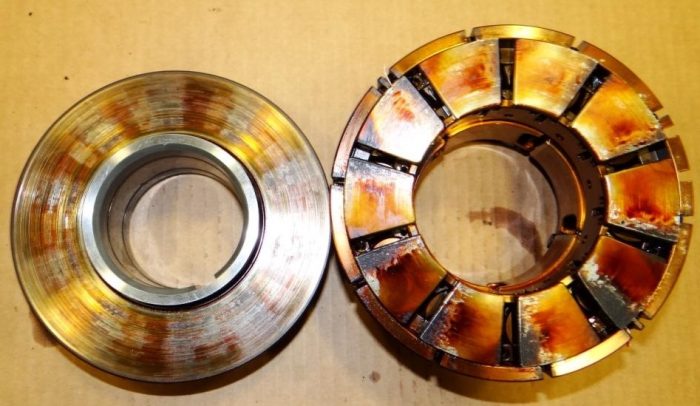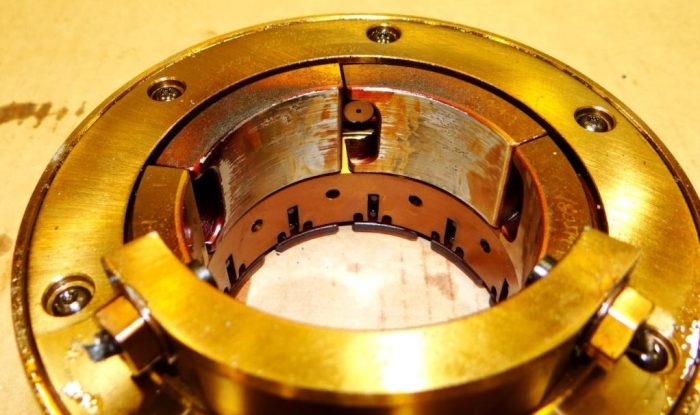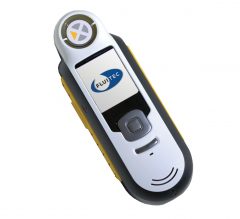Varnish and Membrane Patch Colorimetry
Varnish
Varnish is the sticky residue created by the decay of both mineral and synthetic lubricants. If left unchecked it can bring the entire operation to its knees. It can cause premature failure, erratic operation and can be the cause of a costly shut down. There are many signs of varnish build-up, including sticky valves, overheating bearings, decreased effectiveness of heat-exchangers, blocked filters and reduced lubricant life. A way of detecting build-up of varnish and its precursors early is through Membrane Patch Colorimetry.


The test is a reflection of both the solubility of the oil and the amount of varnish precursors in the lubricant. Different types of lubricant (e.g. Group I and Group II) have different solubility properties and are able to mobilise degradation products to a different degree. This means that some oils degrade more rapidly but are better able to maintain degradation products in solution preventing varnish build up. Others have better oxidation stability but at the cost of poor solubility – even relatively small quantities of varnish precursors may result in varnish deposits. Things get even trickier when a Group I lubricant is replaced with a Group II oil! This also means that a simple oil change is rarely sufficient to eradicate varnish problems.
It doesn’t help that varnish does not deposit uniformly throughout the system. Regions with high local pressures are at risk as are the low flow areas, especially if the oil has cooled after passing through some exposed pipework or after a shutdown. This temperature sensitivity means that seasonal variations and interrupted operation make diagnosing varnish even trickier.
Whatever your situation, monitoring varnish potential through Membrane Patch Colorimetry will help you stay in control.
Membrane Patch Colorimetry

As the solubility of a lubricant varies with both temperature and time, the test procedure includes a heat and rest cycle. This is used to standardise each measurement and ensure consistent comparisons can be made with every sample. After the heat and rest cycle the lubricant is mixed with a solvent and filtered through a fine membrane filter. The shading of the membrane patch is then measured with a colorimeter to determine the varnish potential value.
If the measured MPC/VP value is high, varnish mitigation technologies can be employed to clean up the system. Varnish precursors are very fine sub-micron agglomerations of oxidation products and can pass through conventional filters, although when the oil is saturated they can cause filter blockages. Therefore special filtration technologies aimed at removing the fine sub-micron contaminants need to be utilised. Such technologies include electrostatic filtration, depth media filters and the electro-physical separation process to name but a few. Each comes with its own strengths and weaknesses and should be considered carefully depending on specific application.

Membrane Patch Colorimetry
